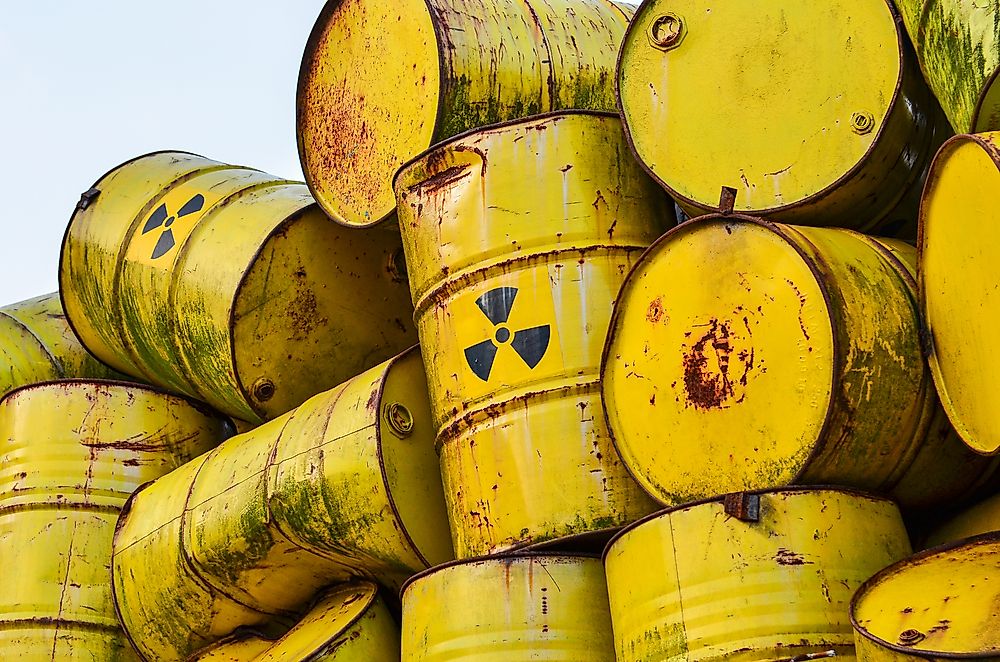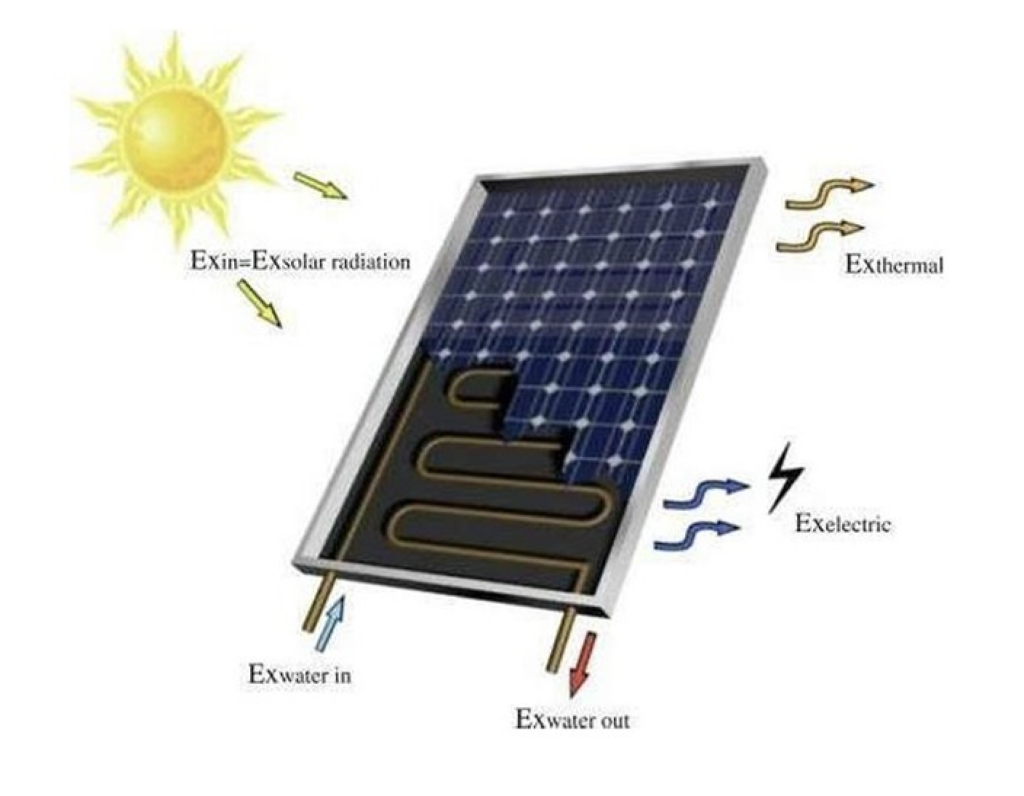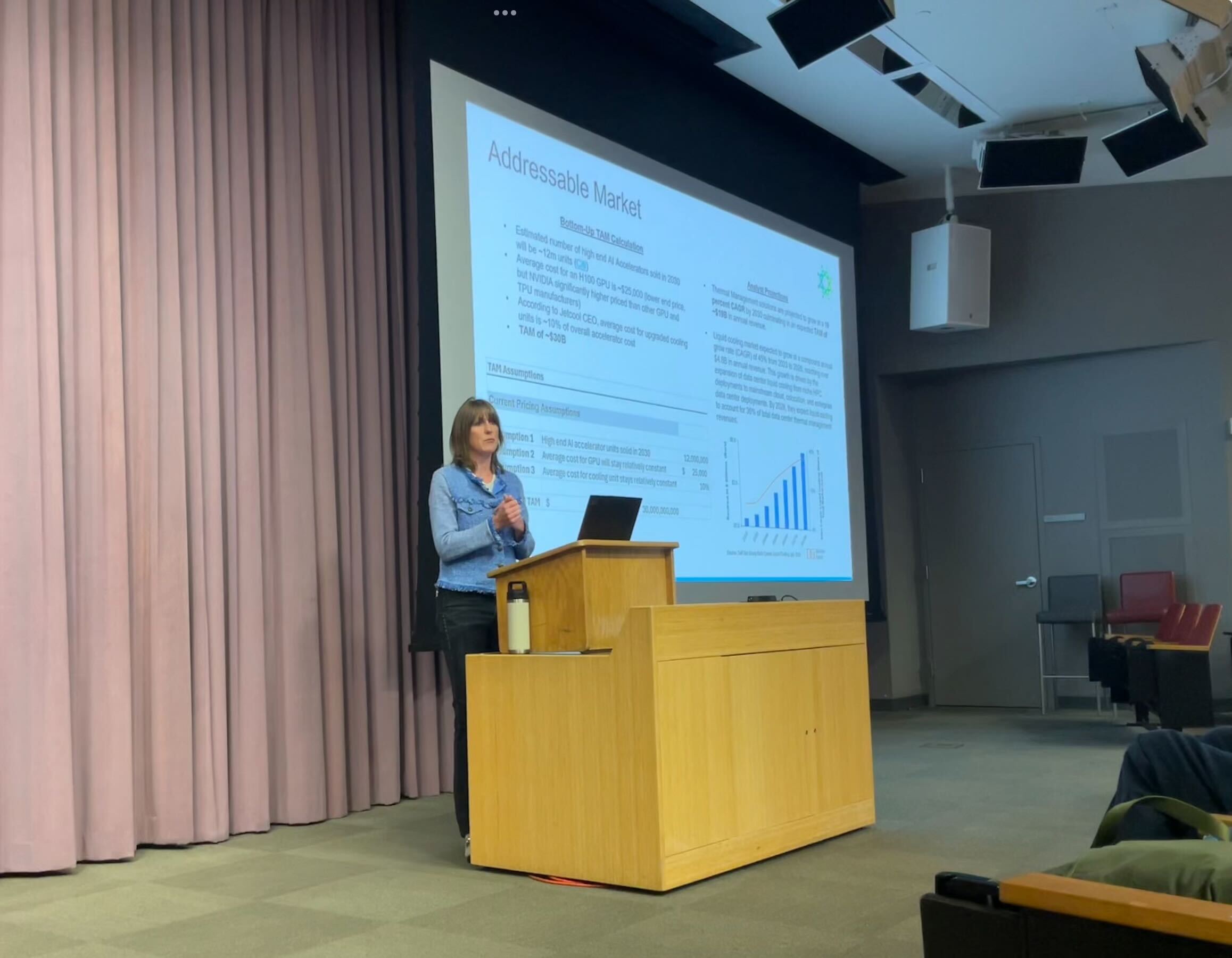Nuclear waste could fuel a clean energy revolution, study finds – The Brighter Side of News

Report on Utilizing Nuclear Waste for Sustainable Hydrogen Production in Alignment with UN Sustainable Development Goals
Introduction: A Dual Approach to Global Challenges
The global pursuit of the Sustainable Development Goals (SDGs) necessitates innovative solutions to two pressing challenges: the transition to clean energy (SDG 7) and the responsible management of hazardous waste (SDG 12). Hydrogen is recognized as a high-density, clean fuel source critical for climate action (SDG 13), as its combustion yields only water. Concurrently, the increasing volume of radioactive waste from the nuclear fuel cycle presents a significant long-term environmental and financial burden. A recent scientific review explores a synergistic strategy to convert this nuclear waste liability into an asset for clean energy production, directly supporting multiple SDGs.
Technological Pathways for Hydrogen Production from Nuclear Waste
The research evaluates several methods that harness the inherent properties of nuclear waste—namely heat and radiation—to generate hydrogen. These approaches represent significant industrial innovation (SDG 9) by creating value from a waste stream.
Radiolysis: Direct Water Splitting
Radiolysis is a process where radiation emitted from spent nuclear fuel is used to split water molecules into hydrogen and oxygen. This method’s efficiency can be significantly enhanced, contributing to clean energy goals.
- Catalytic Enhancement: Laboratory studies show that catalysts such as titanium dioxide, zirconium dioxide, and zeolites can increase hydrogen production by more than tenfold compared to plain water.
- Optimizing Conditions: Factors like increased temperature and the addition of formic acid have been shown to further multiply hydrogen output.
- Potential Scale: A proposed design utilizing the world’s stored spent fuel could theoretically generate up to 42.9 million tons of hydrogen annually, making a substantial contribution to SDG 7.
Improving Electrolysis Efficiency
Electrolysis, which uses electricity to split water, is an established method for hydrogen production. The review highlights three strategies where nuclear waste materials can improve the efficiency and sustainability of this process.
- Depleted Uranium as a Catalyst: Depleted uranium, a common nuclear waste product, can be used as a highly effective catalyst in electrolyzers. This replaces expensive and rare metals, promoting responsible consumption and production patterns (SDG 12).
- Waste Heat Utilization: The significant thermal energy continuously emitted by high-level waste can be harnessed to boil water, drive turbines, and power electrolyzers. Preheating the water with this waste heat further increases system efficiency.
- Radiation-Assisted Electrolysis: Early-stage research indicates that introducing radiation into an electrolysis cell can increase hydrogen production rates by up to tenfold, presenting a new frontier for combining nuclear processes with renewable energy technologies.
Alignment with Sustainable Development Goals (SDGs)
This innovative approach to waste management and energy production directly supports the achievement of several key SDGs:
- SDG 7 (Affordable and Clean Energy): It provides a potential pathway for the large-scale, continuous, and carbon-free production of hydrogen fuel.
- SDG 12 (Responsible Consumption and Production): It exemplifies a circular economy model by transforming hazardous waste into a valuable resource, reducing the long-term burden of storage and disposal.
- SDG 9 (Industry, Innovation, and Infrastructure): The development of these technologies represents a significant industrial innovation, fostering resilient infrastructure and sustainable industrialization.
- SDG 13 (Climate Action): By enabling a hydrogen-based energy system, this technology offers a direct strategy to reduce global reliance on fossil fuels and mitigate greenhouse gas emissions.
Current Status and Inhibiting Factors
Despite the significant potential, the technologies are predominantly in the experimental phase, with most rated at low Technology Readiness Levels (TRL 3-4). Progress is hindered by several factors.
- Technical Challenges: The combined effects of radiation, heat, and chemical processes require robust system designs to manage corrosion, pressure, and potential contamination.
- Material Stability: Some catalysts degrade under intense radiation, losing their efficacy over time.
- Regulatory and Public Perception: Strict regulations on handling radioactive materials and negative public perception create significant barriers to scaling up research from controlled laboratory settings to pilot-plant scales.
- Research Limitations: Most studies currently use external radiation sources rather than actual nuclear waste, which may not fully represent real-world operational conditions.
Conclusion and Path Forward
The utilization of nuclear waste for hydrogen production presents a compelling opportunity to advance global sustainability objectives. It addresses the critical need for clean energy (SDG 7) while promoting responsible waste management (SDG 12) and climate action (SDG 13). Overcoming the existing technical and regulatory hurdles will require a concerted, collaborative effort among scientists, engineers, industry stakeholders, and policymakers. With strategic investment and careful planning, nuclear waste can be repurposed from a long-term liability into a sustainable resource for the clean energy transition.
Analysis of SDGs, Targets, and Indicators
1. Which SDGs are addressed or connected to the issues highlighted in the article?
-
SDG 7: Affordable and Clean Energy
The article focuses on producing hydrogen, described as a “clean fuel that has the potential to move the world away from fossil fuel-based energy.” This directly supports the goal of ensuring access to clean and sustainable energy for all.
-
SDG 9: Industry, Innovation, and Infrastructure
The text is centered on innovative scientific research and experimental technologies (radiolysis, electrolysis, thermochemical cycles) aimed at creating a new industrial process. It discusses upgrading technological capabilities to turn a waste product into a valuable resource, fostering sustainable industrialization.
-
SDG 12: Responsible Consumption and Production
A core theme is the management of a “growing global challenge… the increasing volume of radioactive waste.” The proposed solution involves reusing and repurposing this hazardous waste, which aligns with the goal of achieving environmentally sound management of waste and reducing its long-term risk and volume.
-
SDG 13: Climate Action
By proposing a method to produce hydrogen “at scale without adding carbon to the atmosphere,” the article addresses the urgent need to combat climate change. Hydrogen is presented as a clean alternative to fossil fuels, contributing to climate change mitigation efforts.
-
SDG 17: Partnerships for the Goals
The article concludes by emphasizing that progress requires collaboration among “scientists, engineers, and industry working together, along with policymakers.” This highlights the need for multi-stakeholder partnerships to achieve sustainable development.
2. What specific targets under those SDGs can be identified based on the article’s content?
-
Target 7.2: Increase substantially the share of renewable energy in the global energy mix.
The article supports this target by proposing a large-scale method for producing clean hydrogen energy. It states that if all stored spent fuel were used, it could potentially generate “up to 42.9 million tons of hydrogen per year,” which would substantially increase the share of clean energy and help the world “move away from fossil fuel-based energy.”
-
Target 9.4: Upgrade infrastructure and retrofit industries to make them sustainable… with greater adoption of clean and environmentally sound technologies.
The entire concept of using nuclear waste for hydrogen production is an example of a “clean and environmentally sound” technology. The article discusses various processes, such as using depleted uranium as a catalyst, which could “replace expensive, rare metals in future electrolyzers,” thus retrofitting an existing industry to be more sustainable and resource-efficient.
-
Target 9.5: Enhance scientific research, upgrade the technological capabilities of industrial sectors… and encourage innovation.
The article is a review of ongoing scientific research and “experimental developments.” It explicitly mentions that most of the discussed technologies are at “level three and four trials,” indicating a focus on enhancing research to upgrade technological capabilities from the laboratory to pilot and commercial scales.
-
Target 12.4: Achieve the environmentally sound management of chemicals and all wastes throughout their life cycle.
The article directly addresses the challenge of managing highly radioactive waste, which requires “secure storage for thousands of years.” The proposed technologies aim to utilize this waste, which could “reduce both the risk and the cost of disposal,” contributing to its environmentally sound management.
-
Target 12.5: Substantially reduce waste generation through prevention, reduction, recycling and reuse.
The proposal to produce hydrogen from nuclear waste is a form of recycling or reuse. It aims to repurpose the approximately “390,000 tons of used fuel” currently in storage globally, thereby reducing the final volume of waste that requires permanent disposal.
3. Are there any indicators mentioned or implied in the article that can be used to measure progress towards the identified targets?
-
Volume of Clean Energy Produced
The article provides specific quantitative data that can serve as an indicator. It mentions a potential to generate “up to 42.9 million tons of hydrogen per year” and a system achieving production rates “greater than one thousand kilograms/hour.” These figures can measure progress towards Target 7.2.
-
Technology Readiness Level (TRL)
The article explicitly refers to a “nine-level format to indicate where the technologies are in terms of commercial viability” and notes that most ideas are at “level three and four trials.” This TRL scale is a direct indicator for measuring progress in scientific research and innovation under Target 9.5.
-
Efficiency of Production Processes
Several metrics of efficiency are mentioned, which can act as indicators. These include catalysts causing hydrogen production to increase “greater than ten times,” new materials achieving “very high current levels,” and a process that “doubled the output” of hydrogen. These measure the adoption of efficient and clean technologies for Target 9.4.
-
Volume of Waste Repurposed
The article states that as of 2017, there were “approximately 390,000 tons of used fuel… in storage globally.” The amount of this waste that is successfully used in hydrogen production would be a direct indicator of progress in waste reduction and recycling, relevant to Targets 12.4 and 12.5.
-
Formation of Multi-Stakeholder Partnerships
The concluding call for “scientists, engineers, and industry working together, along with policymakers” implies that the establishment of such collaborative frameworks would be a key indicator of progress towards achieving the goals discussed, relevant to Target 17.17.
4. Table of SDGs, Targets, and Indicators
| SDGs | Targets | Indicators |
|---|---|---|
| SDG 7: Affordable and Clean Energy | 7.2: Increase substantially the share of clean energy in the global energy mix. | Volume of hydrogen produced (e.g., “up to 42.9 million tons of hydrogen per year”; “greater than one thousand kilograms/hour”). |
| SDG 9: Industry, Innovation, and Infrastructure | 9.4: Upgrade industries with clean and environmentally sound technologies.
9.5: Enhance scientific research and upgrade technological capabilities. |
Efficiency improvements in hydrogen production (e.g., “increases greater than ten times”).
Technology Readiness Level (e.g., “level three and four trials” on a nine-level scale). |
| SDG 12: Responsible Consumption and Production | 12.4: Achieve environmentally sound management of waste.
12.5: Substantially reduce waste generation through recycling and reuse. |
Volume of radioactive waste repurposed (referenced against the “390,000 tons of used fuel” in storage). |
| SDG 13: Climate Action | 13.3: Improve education and awareness-raising on climate change mitigation. | Dissemination of scientific reviews and research on new mitigation technologies. |
| SDG 17: Partnerships for the Goals | 17.17: Encourage and promote effective public, public-private and civil society partnerships. | Formation of collaborations between “scientists, engineers, industry… and policymakers.” |
Source: thebrighterside.news
What is Your Reaction?
 Like
0
Like
0
 Dislike
0
Dislike
0
 Love
0
Love
0
 Funny
0
Funny
0
 Angry
0
Angry
0
 Sad
0
Sad
0
 Wow
0
Wow
0
















































:focal(1500,1000)/https://media.globalcitizen.org/a6/9a/a69a4720-d8a1-4715-b596-18738d03c05c/rotary_polio_hero_image.jpg?#)







/countries/sri-lanka/photo-credit---dmc-sri-lanka.tmb-1200v.jpg?sfvrsn=dc298bcc_1#)

















